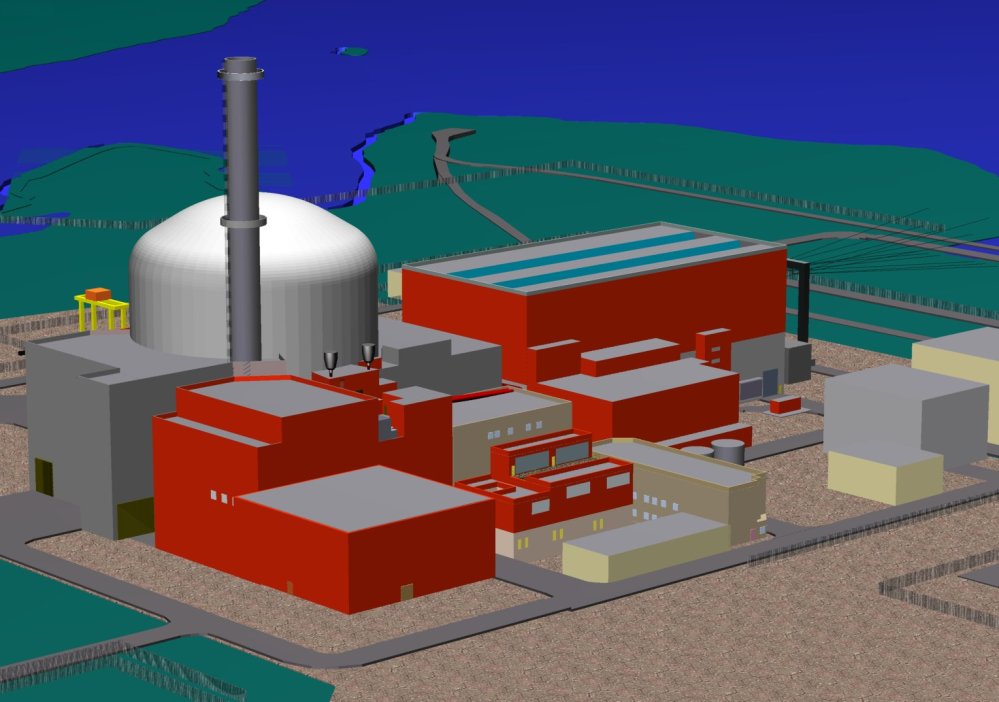I have blogged in the past about problems that the French nuclear reactor company AREVA is having with its new European Pressurized Reactor (EPR) design. The EPR is a third generation pressurized water reactor design. It was designed and developed by AREVA and EDF (the French utility company). The EPRs are supposed to be more efficient and safer than the older reactor designs. There is an EPRs being constructed in Finland and another in France. Another two EPRs are being built in China.
Construction of the Finnish EPR at Olkiluoto was started in 2005 with a targeted completion of 2009. However, it has suffered numerous construction delays caused by quality control problems, inexperienced contractors and safety related design and manufacturing deficiencies. The reactor is now scheduled to go online in 2018 and the cost estimate has risen from about four billion dollars to about eight billion dollars.
Construction of the French EPR at Flamanville started in late 2007 with completion expected in sometime in 2012. In 2008, it was found that one fourth of the wends in the secondary containment steel liner were not within specifications. Cracks were found in the concrete base. More weld problems were found in 2010. In 2015, AREVA told the French nuclear regulator that problems had been found in the steel used for the reactor containment vessel that lowered its mechanical toughness. There was too much carbon in some parts of the vessel. The containment vessel intended for the construction of the Hinkley C reactor in the U.K. was repurposed for testing the quality of the steel. Investigators found that problems with the steel were known long before they were reported. Faults were also found in the cooling system safety valves. Construction delays have pushed out the expected completion to 2018. Cost have risen from three and a third billion dollars to ten and one half billion dollars.
The two EPRs being built in China have been delayed at least two years by component delivery and project management issues. Their estimated cost has not risen as much as the European EPRs. Originally, they were supposed to be finished in 2014 but now they are expected to go online in 2016.
While some issues have been raised about the actual design of the EPRs, most of the construction delays and cost overruns appear to have been caused by incompetence. Poorly made steel, inexperienced contractors, late component delivery, bad project management, etc. have all contributed to delays and cost increases. A nuclear power advocacy group in Europe is pushing for the construction of three reactors a year for the next thirty five years. That would mean a hundred new reactors by 2050. I strongly believe that the spectrum of problems that have plagued the construction of the EPRs call into question the wisdom of such a bold plan for the construction of European nuclear reactors. I don't believe that the European nuclear industry has the competence to carry out even a much more modest nuclear power expansion within any projected schedule and budget.
Computer graphic rendering of an EPR installation:
